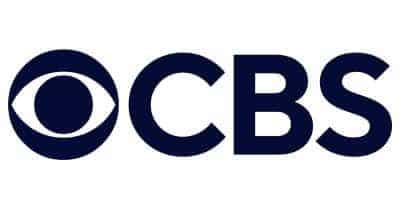What is Cost Basis?
Cost basis also referred to as tax basis, is generally the amount paid for an asset or investment. When referring to equity investments the costs basis is the original value of an asset for tax purposes, usually, the purchase price, adjusted for stock splits, dividends, and return of capital distributions.
This value is used to determine the capital gain, which is equal to the difference between the asset’s cost basis and the current market value. The cost basis for commodities is the difference between the purchase price and the futures price.
It is important to calculate and use the correct cost basis as it will have an impact on the amount of taxes you pay. This becomes especially important if you are invested in dividend-paying stocks and are re-investing your dividends rather than taking your earnings as income.
The re-invested dividends increase the cost basis of your investment and will ultimately lead to a lower tax bill when you take your capital gains.
Cost Basis for Life Insurance
When it comes to life insurance calculating the cost basis becomes quite simple. The cost basis of a life insurance policy is generally the amount you’ve paid into an insurance policy. Life insurance death benefits are paid out income tax-free so ultimately the cost basis won’t matter if you hold your policy until death.
However, if you have a life insurance policy that no longer meets your needs, you may consider wanting to consider a tax-free 1035 exchange to a single premium immediate annuity. This can be a very tax-efficient strategy, particularly if you are looking to supplement your income.
Cost Basis Advantage of a 1035 Exchange
Repurposing an old life insurance policy for immediate income can provide you with tax-free income if your circumstances are right. Let’s consider an example.
Meet Linda and Mark, both aged 70
Linda and Mark are recently retired. Decades ago, they purchased a life insurance policy to provide security for their young family. They’ve paid $100,000 in premiums over the years, and it has a cash value of $10,000. Now that their children are grown and financially secure, and their mortgage is paid off, they feel the policy no longer meets their needs. They consider canceling their policy, but they’d lose their cost basis of $100,000.
The Solution
Our recommendation was that they transfer their insurance policy and purchase Immediate Annuity because it’s a simple solution that creates a predictable stream of income, guaranteed for life. By doing a 1035 exchange, they’re able to:
- Transfer their cash value of $10,000.
- Carry over the value of premiums paid on their old life insurance policy since the cost basis will be transferred.
- Repurpose their old policy for immediate income.
Linda and Mark were already looking to purchase some guaranteed income and decided to add $100,000 from their savings to boost the income they’ll get.
How this strategy worked
The Outcome
There are a number of income payment options to choose from, Linda and Mark elected to go with a joint life with a cash refund so that their income would be guaranteed for both of their lifetimes.
This provided them with the peace of mind they were looking for, plus they had the added comfort of knowing that if there were any remaining money it would be passed on to their loved ones as a legacy.
Based on their income factors and total cost basis their payments are 100% tax-free.¹
1. Certain variables, such as the amount of cost basis, the age of the client, and the duration of the income stream, will impact how long the payments remain a tax-free recovery of cost basis. This strategy may not be suitable in all situations.
Important Information:
Cost basis is the original value of an asset for tax purposes, usually the purchase price, adjusted for stock splits, dividends, and return of capital distributions. This value is used to determine the capital gain, which is equal to the difference between the asset’s cost basis and the current market value. A fixed annuity is intended for retirement or other long-term needs.
It is intended for a person who has sufficient cash or other liquid assets for living expenses and other unexpected emergencies, such as medical expenses.
The exact terms of the annuity are contained in the contracts and any attached riders, endorsements, and amendments, which will control the issuing company’s contractual obligations. For more information about the annuity, please also read the Disclosure Statement, or contact your representative.
Income taxes are due upon withdrawal and if withdrawn before age 59½, an additional 10% federal tax may apply.
There is no additional tax benefit for contracts purchased in an IRA or other tax-qualified plan since these are already afforded tax-deferred status. Product and features are subject to state availability. Limitations and exclusions may apply.











